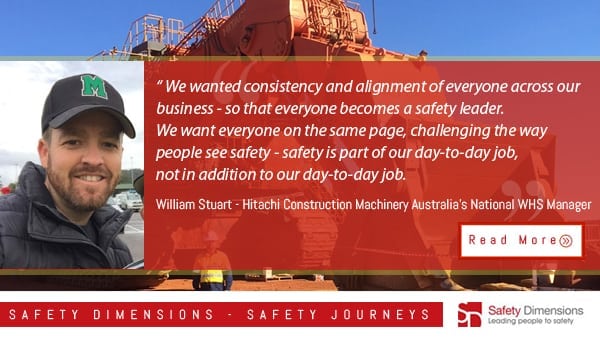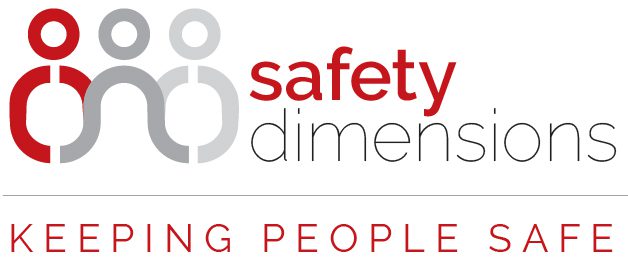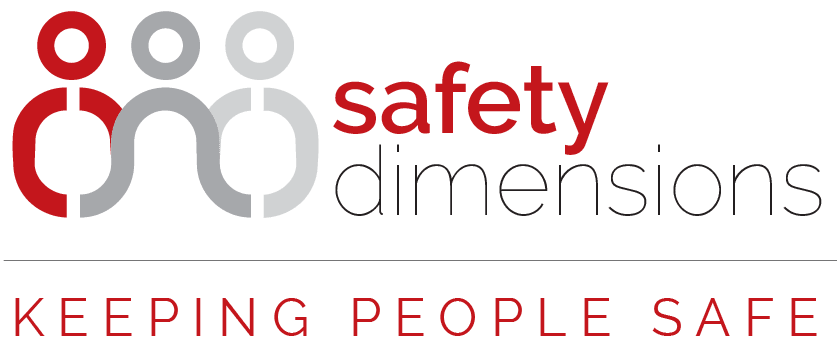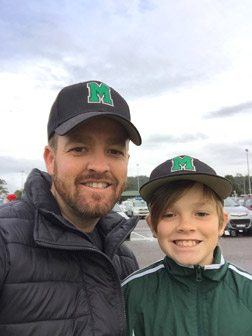
Hitachi Construction Machinery Australia (HCMA), part of the global giant Hitachi, is a leading manufacturer of construction and mining equipment. Headquartered in Japan with over 20,000 staff globally, Hitachi is a highly diversified company that operates eleven business segments which include Information & Telecommunication Systems, Social Infrastructure, Defense and Power Systems, Electronic and Automotive Systems, Railway & Urban Systems.
The Kenkijin Spirit’ is at the heart of everything Hitachi do regardless of their business or location. Taken from the Japanese name of HCM, Kenkijin’ roughly translates as citizen of HCM’ and embodies their shared values and principles, underpinned by three ideas. These are taking on challenges without fear of failure, striving to understand a customers’ needs better than they do and communication – taking the initiative on reporting, liaising and consulting.
HCM manufactures hydraulic excavators from the smallest mini to the largest 780-tonne class, as well as rigid frame mining dump trucks and a wide range of wheel loaders, marketing their products worldwide through a global network of company owned and independent dealers.
Hitachi Construction Machinery Australia (HCMA) a wholly own subsidiary of HCM , are passionate about their machines, but are even more passionate about the safety of their people and ensuring each worker returns home safe each day. They are on a mission to embed company-wide values in their culture with the key value being Safety takes priority over everything else. HCMA had invested significant time and resources into the development of their See You Tomorrow safety initiative. This initiative included a set of Key Safety Promises and Key Safety Responsibilities for all employees.
HCMA partnered with Safety Dimensions to bring the initiative to life and to thoroughly embed the Safety Promises and Responsibilities and desired safety behaviours across all levels of HCMA.
HCMA’s journey has included design and national delivery of 1 and 2-day programs to all staff from Executives through to front line workers. Refresher programs have been delivered, and at the learners requests, support programs such as Performance Management Conversations’ are taking place.
One of the key considerations in the design phase of the project was the importance of including overseas management methodologies and messages, whilst designing a program that held local relevance yet was adaptable for overseas delivery if required. The HCMA and Safety Dimensions partnership continues with ongoing support, embedding and maintenance of the HCMA safety culture.

We spoke to William Stuart HCMA’s National WHS Manager about their Safety Journey.
Bill, when it comes to safety, what are the specific challenges in your industry and for HCMA?
For us, the difficult part is having our people work across different types of sites and environments. There’s a huge difference (safety wise) between a blue-chip mining site vs a local small firm without an entrenched safety culture. We aim for consistency across the business, whilst ensuring everyone is clear on, and apply the same behaviours, expectations and principles regardless of work locations or the environment in which they find themselves. Our goal is to set a high standard and lead the way when it comes to safety.
Why is safety important to you, personally?
Having been directly involved in a workplace fatality at a previous workplace, I’ve seen first-hand the impact something like that has on everyone, not just for the person who lost their life but also their loved ones, their workmates and the whole organisation. I make it my job to honour that worker by sharing as much as I can about what happened, why it happened and what it’s like to live through that experience, on a personal level, for other people in the organisation and for the business. I never want to experience that again, or would I want anyone else to have to go through that. (Continued below)

What drove HCMA to take a behavioural safety approach?
We’d developed our safety culture from the ground up with Executive/employee WHS committees, safety management systems and ISO accredited systems. We knew a behavioural safety approach would work, as several of us had seen it work in other organisations, however trying to change the mindset of the leadership team and align everyone across a large organisation is a big task.
Overall I believe the visible leadership commitment is just as important as the training. We wanted to demonstrate to all our employees and managers, Senior Leadership commitment by putting in the time, resources and commitment to rolling our message out to everyone. Part of this visible commitment was demonstrated by pulling people out of work and flying them around the country to do the program, we were absolutely unwavering in our commitment to making this work across our whole organisation.
What were the specific outcomes you were looking for?
We wanted consistency and alignment of everyone across our business – so that everyone becomes a safety leader.
We want everyone on the same page, challenging the way people see safety – safety is part of our day-to-day job, not in addition to our day-to-day job.
What were the biggest obstacles/concerns you were faced with at the beginning of the project?
That we were going to have a positive impact on the way people thought about and perceived safety at work, and get it right the first time. We were asking ourselves, is this going to work logistically, and how are we going sell the message the right way?
We were also concerned that we needed to choose the right training organisation to partner with, our thinking was, we’d only get one go at this, and if we didn’t get it right, we would miss the boat. We wouldn’t get another opportunity to do this for several years.
You had a team of Safety Leaders to assist to drive the culture across the organisation, how did you utilise these safety leaders?
We obtained Senior WHS Leadership buy-in which involved getting our Regional WHS Advisors involved in the process, give them an opportunity for input into the content of the program. We asked our WHS leaders to be available for all the courses so they were seen to be involved and answer any questions.
Finally we had our Senior Leaders including our Managing Director there to open the training at every first session, reinforcing the notion that everyone was expected to actively participate.
What changes have you noticed as a result of the program?
We’ve had more involvement from the shop floor with an increase in reporting, participation and awareness. We’ve also had a decrease if overall injury statistical rates in LTIFR and RIFR.
Safety Dimensions delivered programs to all levels of staff at HCMA, what were the key things you noticed at each level?
For some of our Senior Leaders the program has changed the way they view safety. For Middle Manager we saw increased commitment and accountability and from out Shop Floor teams we saw participation from all and a willingness to take on the message and act on it.
What is the biggest change you’ve seen for the organisation and for individuals before and after the program?
It’s the perception by the senior leadership team that they are responsible for driving the change within the organisation. They were committed prior but they really started to see the value in what we were doing ultimately resulting in a greater level of commitment.
Do you consider this project to have been a success?
Absolutely. We followed it up 12 months later with the refresher training to reinforce the training, and give us an opportunity to remind everyone about the expectations and the importance of what it is we are trying to achieve.
What’s next in the safety journey for HCMA?
We’re in the process of updating our Critical Safety Essentials and our See You Tomorrow initiatives with a focus on visible safety. We are also looking to expand our Key safety promises and update/ refresh our Take 5 Risk Assessments. We’re also looking at other opportunities to further educate and train our people.
Why should other organisations consider working with Safety Dimensions?
First and foremost Safety Dimensions delivered the message with a high level of professionalism from the top of their leadership, project management team all the way across to their facilitators. We encountered a few internal challenges at the start of our project and Safety Dimensions showed flexibility – they were open to feedback and had a willingness to change to meet our needs.
Safety Dimensions were like a one-stop shop, we handed over the logistics of the program and they looked after everything.
Thanks to William Stuart for taking the time to speak to Safety Dimensions.
Want to find out more?
To find out how Safety Dimensions can help your organisation transform Safety Culture, no matter where in the world you are, call us on 03 9510 0477 in Australia or internationally on +61 3 9510 0477.
Want to find out more?
To find out how Safety Dimensions can help your organisation transform Safety Culture, no matter where in the world you are, call us on 03 9510 0477 in Australia or internationally on +61 3 9510 0477.



